Events
Events / 04/16/2015 / 1638
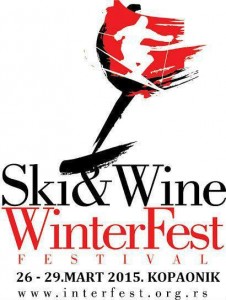 Since 1971, the small Swiss winter resort of Davos has been hosting the World Economic Forum, one of the most important global events which brings together the best-known economists, statesmen, bankers, etc. Similarly, in Serbia, wine festival Winterfest was held on Mt. Kopaonik for the third time. The idea of the festival is to gather in one place tourists and fans of skiing and wine, wineries, wine media and other representatives of the wine scene. It was an opportunity to learn more about wines in a series of expert panel discussions, and to spend the evenings by tasting wines from selected wineries of Serbia and the region.
Given that this year I was invited to participate as panelist at Winterfest for the first time, I should not compare and judge whether this year's festival was more or less successful than the previous one. Instead, I should focus on highlights from this year's festival.
- Serbian wine sector is finally getting outlines of a regulated system. After we determined the exact number of wineries (registered), we also measured the correct total land surface covered by vineyards. Numerous quotes on various websites and in magazines will finally disappear stating that Serbia has between 55,000 and 75,000 hectares of vineyards (figure from the period of former Yugoslavia). This figure is significantly lower right now, approximately the same as in Croatia, i.e. 25,000 hectares of vineyards in total. So, there is room to increase further area covered by vineyards in the future, but first we need to continue popularization of wine culture so that this rise in number of new wineries is also followed by rise in average wine consumption per capita.
-Autochthonous varieties are increasingly returning to the Serbian vineyards in line with the increased market demand for such wines. However, it will take several years and more investments to gain significant presence. Thus, wineries that currently grow local varieties in their vineyards have a competitive advantage because the competition is not so great as it is generally thought. For that reason, they should benefit from this situation as the situation on the market in a few years will look quite different. Currently, the situation in the Serbian vineyards is the following: the most common variety in the Serbian vineyards is Cabernet Sauvignon (20% of total vineyards), followed by Merlot (17%), Chardonnay (13%), Sauvignon Blanc (11%) and Pinot Noir (5%).
- Although the market image and popularity of the variety don't show it, Frankovka (Blaufränkisch) is currently more frequent in Serbian vineyards than Prokupac.
-Although the EU wine sector accounts for 70% of wine exports on the global scale, the attempts to regulate this sector in the EU are still in the phase "let's try and see whether it will be effective." The first reform of the EU wine sector began in 1970 with the introduction of the first wine CMO (Common Market Organization). In 1990s, there followed the reform of this system in order to stop adverse trends: overproduction, a continuous fall in demand and increase in production costs. Results of the reform measures were quite thin: market surpluses didn't shrink, expenditures in the wine sector increased additionally, the decline in consumption continued, so EU wineries became uncompetitive in relation to wineries from the New World. Again, there followed new reforms in 2003, and again a decade later it turned out that the effects were not very favourable. Then, a new final version of the reform of EU wine regulations was passed in 2013. The lesson for the Serbian winemakers: entering EU will not make situation easier because the winemakers will be forced to comply with all regulations and new reforms coming from Brussels, which inevitably incurs more costs, while the effects of such reforms are far away on the horizon, to be grasped within next 10 years or until reforms of the reforms are put in place. So, a trip to unknown ... but as the saying goes: When in Rome, do as the Romans do ... We just need to be aware of this and well prepared for such circumstances in the future.
- The state currently grants 22 national subsidy programs to help the sector of viticulture and winemaking, but winemakers are not sufficiently informed about the possibilities to use these funds. Hereby I want to point out that university institutions and scientific institutes are entitled to 100% refund of invested funds in clonal selection of indigenous grape varieties. Unfortunately, it is devastating for professional scientific circles in Serbia to know that this measure makes almost no effect. It seems that our scienties and experts are still hibernating and living off past glory. Or the moment has come for private nurseries to take initiative and benefit from funds provided by the state.
- Wineries should apply for funds provided by the national program of subsidies in the wine sector because it is an excellent school how to deal with excess paperwork and administration. If a winemaker learns today how to get a refund of invested funds by filing 10-15 forms and accompanying documents, then it will be much easier in the future to get used to 40-50 documents and forms which will be required once Serbia joins EU.
-Serbia finally got the opportunity to use funds from the IPARD Programme of the European Union intended for rural development. Translated into figures, this means that Serbian farmers (including winemakers) will be entitled to apply for funds in the amount of EUR 175 million over the period 2015-2020. This means support and funding of projects related to investments in agricultural households, purchase of machinery, equipment, organic production, introduction of new crops and new varieties, development of rural economy and diversification of economic activities in the countryside.
-If we take the example of Mačkov Podrum winery (Tomcat's Cellar), we can see that wine tourism in Serbia is really getting into full swing. During the last year, this winery from Irig welcomed 4200 tourists, and every tourist on average bought 3 bottles of wine at the winery during the visit. So, here is the response to all small family wineries which are still considering whether to arrange a tasting room and receive tourists and make a leap of faith into the waters of wine tourism.
- There are 84 wineries on the territory of Macedonia (FYROM). Annually, about 3 million tourists transit through this state on their way to seaside, but the challenge is how to motivate tourists to stop in Macedonia and explore the local tourist offer. The majority of tourists in Macedonia visit just two locations: Skopje and Ohrid. It is necessary to develop programs that will bring tourists to other parts of Macedonia as well. One possible solution is to create a wine trail from southern Hungary to the Greek coast, which will cover all wineries that are located in close proximity to the highway.
Wine exhibition at this year's Winterfest was a great opportunity to get acquainted with the newly released wines, particularly white wines from the year 2014. Winemakers still managed to save what could be saved and maintain continuity of production despite a harsh year. A real pleasure was to meet for the first time another new winery from the heart of Šumadija wine region - PIK Oplenac. This winery currently has 140ha of vineyards, and another 60ha are in preparation. It is reasonable to expect that this winery in the years to come will further improve the quality of its wines and join the group of Šumadija wineries which have created the image of Šumadija as the wine center of Serbia by constant and uncompromising insistence on quality of wines.
Since 1971, the small Swiss winter resort of Davos has been hosting the World Economic Forum, one of the most important global events which brings together the best-known economists, statesmen, bankers, etc. Similarly, in Serbia, wine festival Winterfest was held on Mt. Kopaonik for the third time. The idea of the festival is to gather in one place tourists and fans of skiing and wine, wineries, wine media and other representatives of the wine scene. It was an opportunity to learn more about wines in a series of expert panel discussions, and to spend the evenings by tasting wines from selected wineries of Serbia and the region.
Given that this year I was invited to participate as panelist at Winterfest for the first time, I should not compare and judge whether this year's festival was more or less successful than the previous one. Instead, I should focus on highlights from this year's festival.
- Serbian wine sector is finally getting outlines of a regulated system. After we determined the exact number of wineries (registered), we also measured the correct total land surface covered by vineyards. Numerous quotes on various websites and in magazines will finally disappear stating that Serbia has between 55,000 and 75,000 hectares of vineyards (figure from the period of former Yugoslavia). This figure is significantly lower right now, approximately the same as in Croatia, i.e. 25,000 hectares of vineyards in total. So, there is room to increase further area covered by vineyards in the future, but first we need to continue popularization of wine culture so that this rise in number of new wineries is also followed by rise in average wine consumption per capita.
-Autochthonous varieties are increasingly returning to the Serbian vineyards in line with the increased market demand for such wines. However, it will take several years and more investments to gain significant presence. Thus, wineries that currently grow local varieties in their vineyards have a competitive advantage because the competition is not so great as it is generally thought. For that reason, they should benefit from this situation as the situation on the market in a few years will look quite different. Currently, the situation in the Serbian vineyards is the following: the most common variety in the Serbian vineyards is Cabernet Sauvignon (20% of total vineyards), followed by Merlot (17%), Chardonnay (13%), Sauvignon Blanc (11%) and Pinot Noir (5%).
- Although the market image and popularity of the variety don't show it, Frankovka (Blaufränkisch) is currently more frequent in Serbian vineyards than Prokupac.
-Although the EU wine sector accounts for 70% of wine exports on the global scale, the attempts to regulate this sector in the EU are still in the phase "let's try and see whether it will be effective." The first reform of the EU wine sector began in 1970 with the introduction of the first wine CMO (Common Market Organization). In 1990s, there followed the reform of this system in order to stop adverse trends: overproduction, a continuous fall in demand and increase in production costs. Results of the reform measures were quite thin: market surpluses didn't shrink, expenditures in the wine sector increased additionally, the decline in consumption continued, so EU wineries became uncompetitive in relation to wineries from the New World. Again, there followed new reforms in 2003, and again a decade later it turned out that the effects were not very favourable. Then, a new final version of the reform of EU wine regulations was passed in 2013. The lesson for the Serbian winemakers: entering EU will not make situation easier because the winemakers will be forced to comply with all regulations and new reforms coming from Brussels, which inevitably incurs more costs, while the effects of such reforms are far away on the horizon, to be grasped within next 10 years or until reforms of the reforms are put in place. So, a trip to unknown ... but as the saying goes: When in Rome, do as the Romans do ... We just need to be aware of this and well prepared for such circumstances in the future.
- The state currently grants 22 national subsidy programs to help the sector of viticulture and winemaking, but winemakers are not sufficiently informed about the possibilities to use these funds. Hereby I want to point out that university institutions and scientific institutes are entitled to 100% refund of invested funds in clonal selection of indigenous grape varieties. Unfortunately, it is devastating for professional scientific circles in Serbia to know that this measure makes almost no effect. It seems that our scienties and experts are still hibernating and living off past glory. Or the moment has come for private nurseries to take initiative and benefit from funds provided by the state.
- Wineries should apply for funds provided by the national program of subsidies in the wine sector because it is an excellent school how to deal with excess paperwork and administration. If a winemaker learns today how to get a refund of invested funds by filing 10-15 forms and accompanying documents, then it will be much easier in the future to get used to 40-50 documents and forms which will be required once Serbia joins EU.
-Serbia finally got the opportunity to use funds from the IPARD Programme of the European Union intended for rural development. Translated into figures, this means that Serbian farmers (including winemakers) will be entitled to apply for funds in the amount of EUR 175 million over the period 2015-2020. This means support and funding of projects related to investments in agricultural households, purchase of machinery, equipment, organic production, introduction of new crops and new varieties, development of rural economy and diversification of economic activities in the countryside.
-If we take the example of Mačkov Podrum winery (Tomcat's Cellar), we can see that wine tourism in Serbia is really getting into full swing. During the last year, this winery from Irig welcomed 4200 tourists, and every tourist on average bought 3 bottles of wine at the winery during the visit. So, here is the response to all small family wineries which are still considering whether to arrange a tasting room and receive tourists and make a leap of faith into the waters of wine tourism.
- There are 84 wineries on the territory of Macedonia (FYROM). Annually, about 3 million tourists transit through this state on their way to seaside, but the challenge is how to motivate tourists to stop in Macedonia and explore the local tourist offer. The majority of tourists in Macedonia visit just two locations: Skopje and Ohrid. It is necessary to develop programs that will bring tourists to other parts of Macedonia as well. One possible solution is to create a wine trail from southern Hungary to the Greek coast, which will cover all wineries that are located in close proximity to the highway.
Wine exhibition at this year's Winterfest was a great opportunity to get acquainted with the newly released wines, particularly white wines from the year 2014. Winemakers still managed to save what could be saved and maintain continuity of production despite a harsh year. A real pleasure was to meet for the first time another new winery from the heart of Šumadija wine region - PIK Oplenac. This winery currently has 140ha of vineyards, and another 60ha are in preparation. It is reasonable to expect that this winery in the years to come will further improve the quality of its wines and join the group of Šumadija wineries which have created the image of Šumadija as the wine center of Serbia by constant and uncompromising insistence on quality of wines.
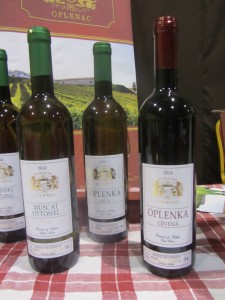 wines of PIK Oplenac
wines of PIK Oplenac

Tomislav Ivanović
Awarded wine writer, wine critic and contributor to selected wine magazines. WSET3-certified author and editor-in-chief of www.vinopedia.rs. Member of Vojvodina Sommelier Association. Juror in national and international wine competitions. Lecturing about wines of Serbia and the Balkans. Local partner of Wine Mosaic organization. Co-founder of International Prokupac Day.

Pročitajte i druge članke iz ove rubrike:
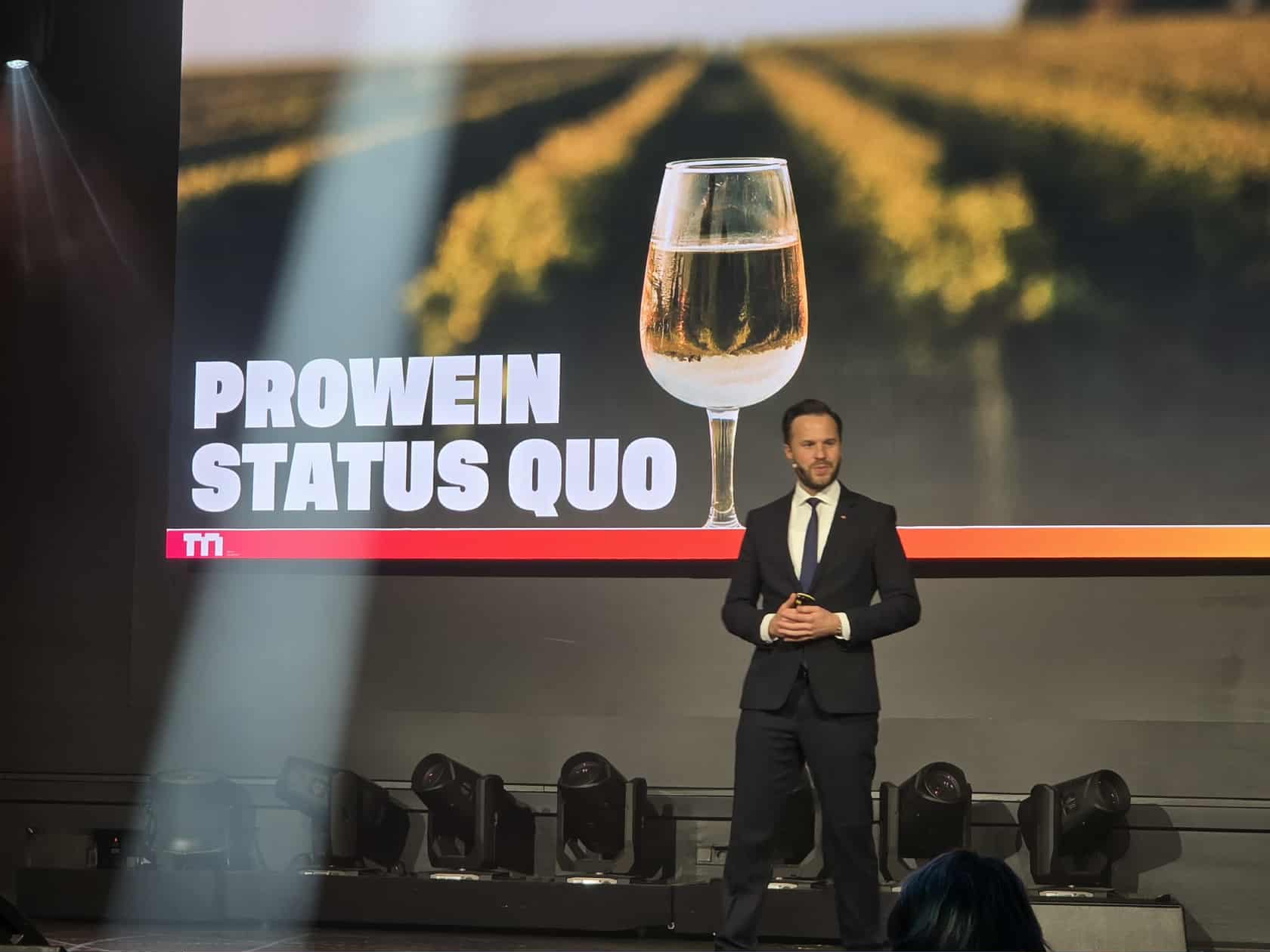

PROWEIN PRAVI ZAOKRET
PROČITAJ VIŠE
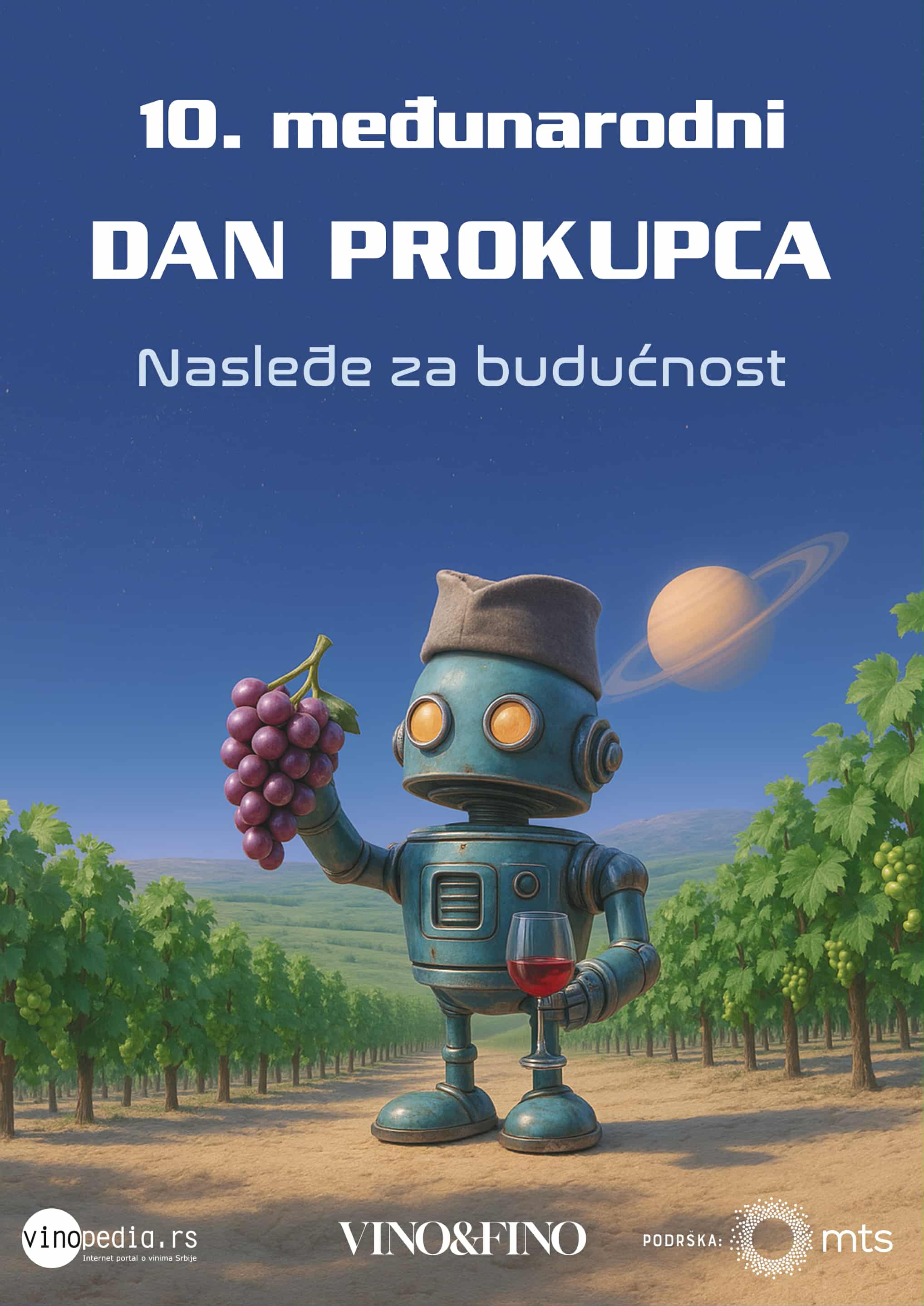

VREME JE ZA PROKUPAC
PROČITAJ VIŠE
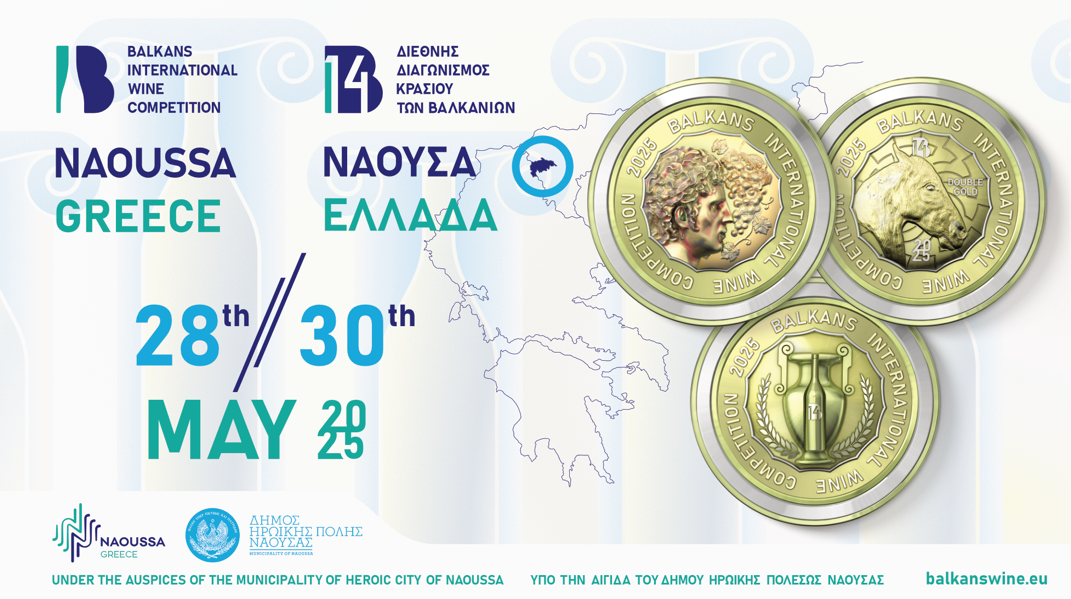

BIWC 2025 - NOVA ERA ZA BALKANSKA VINA
PROČITAJ VIŠE


POČINJE WINEOS 2025 U OSIJEKU
PROČITAJ VIŠE
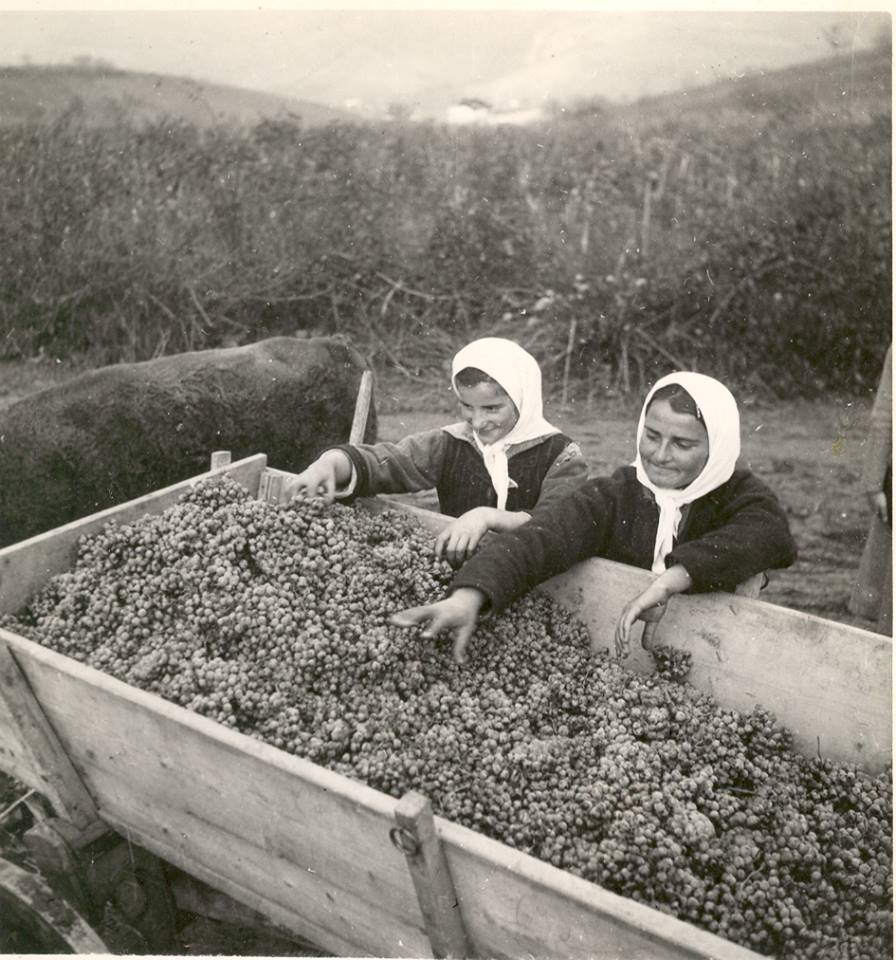

ŽUPSKI KARAVAN PROKUPCA 2024
PROČITAJ VIŠE
Winner MILLESIMA BLOG AWARD 2016

Pobednik MILLESIMA BLOG AWARD 2016
VINO & FINO wine personality of the year 2016

VINO & FINO vinska ličnost godine 2016